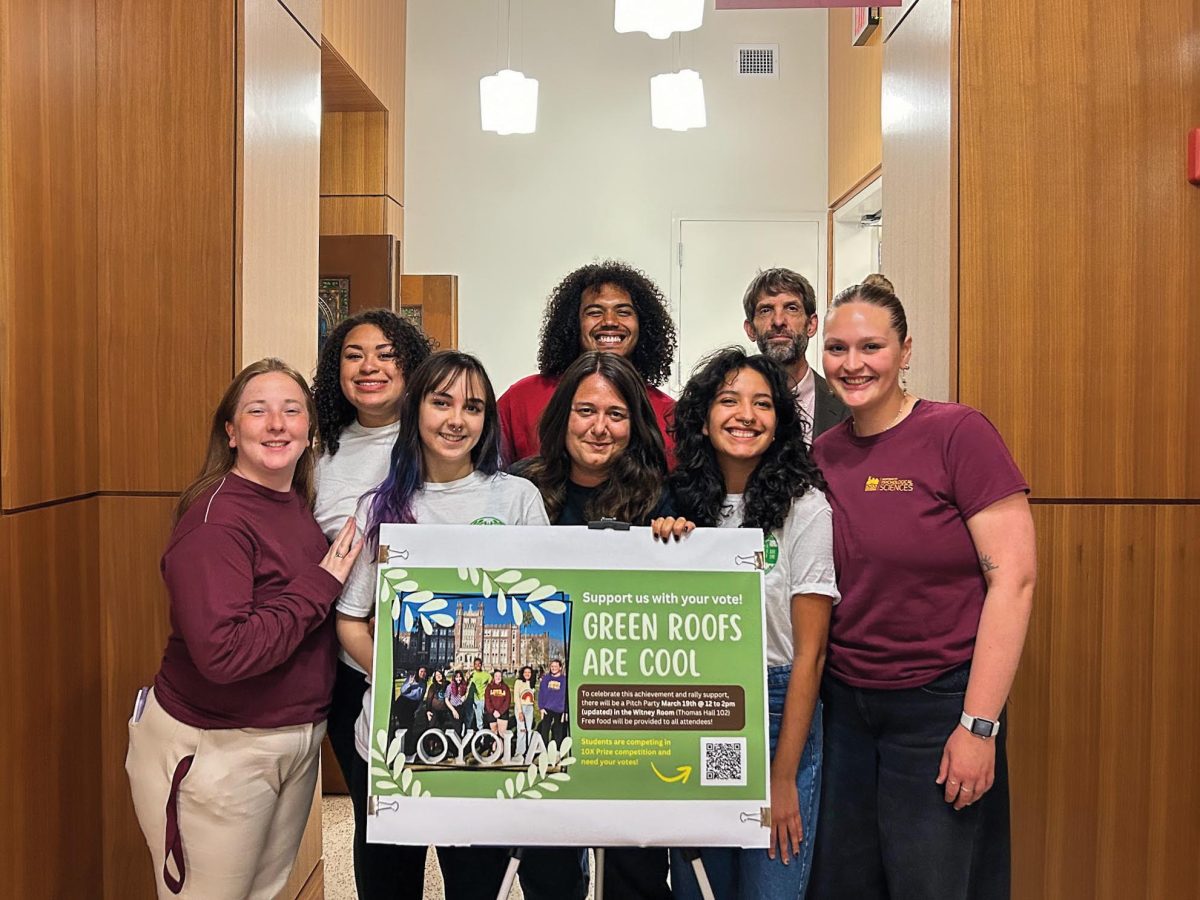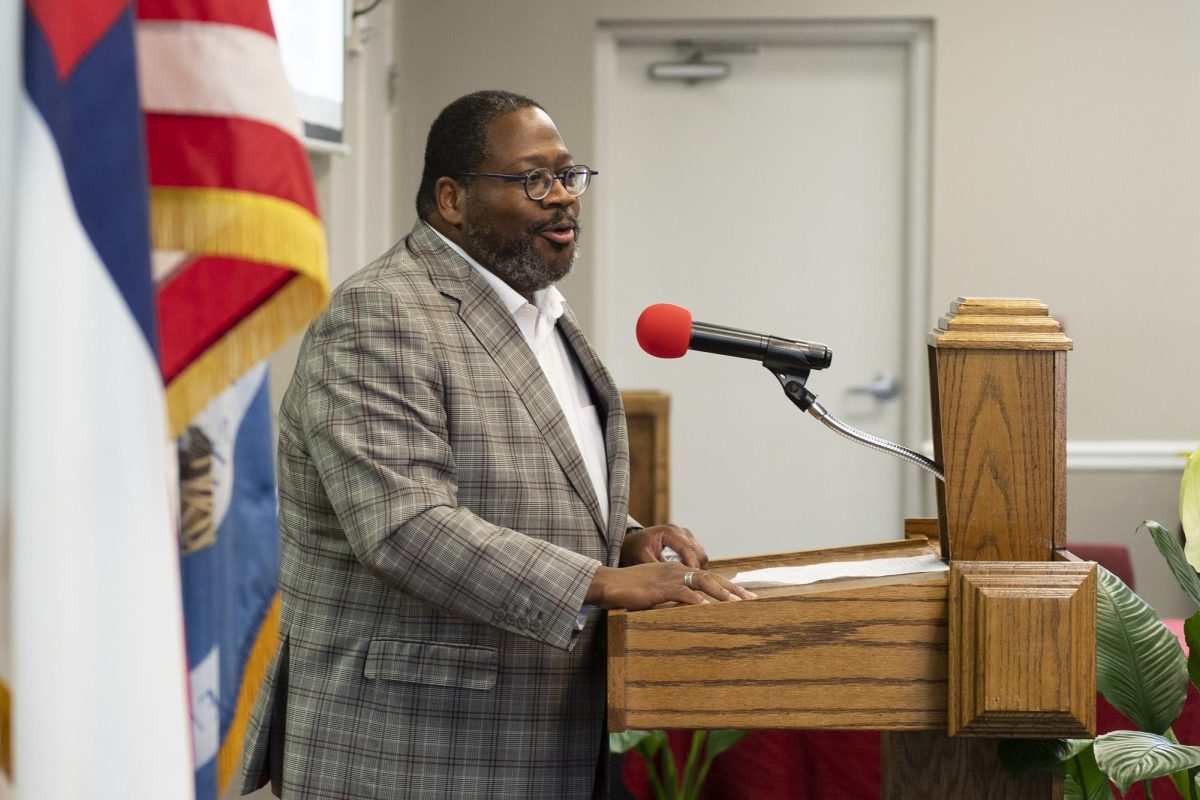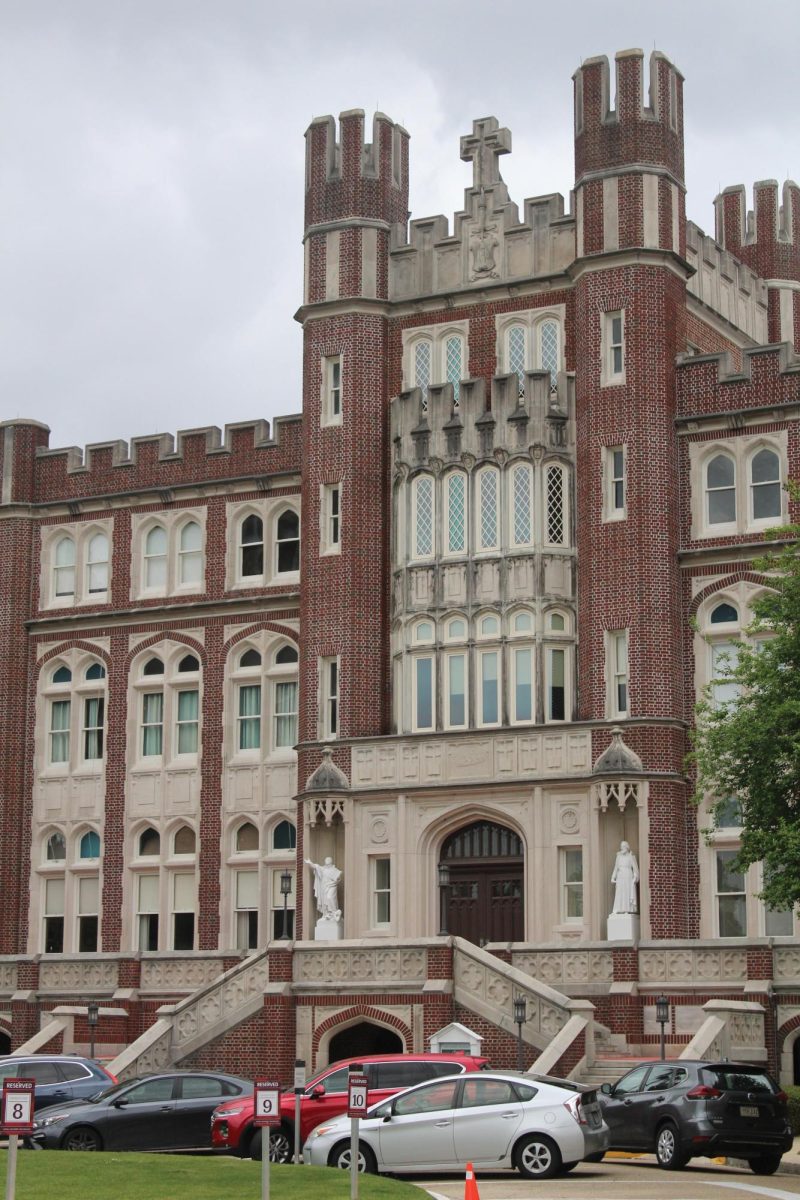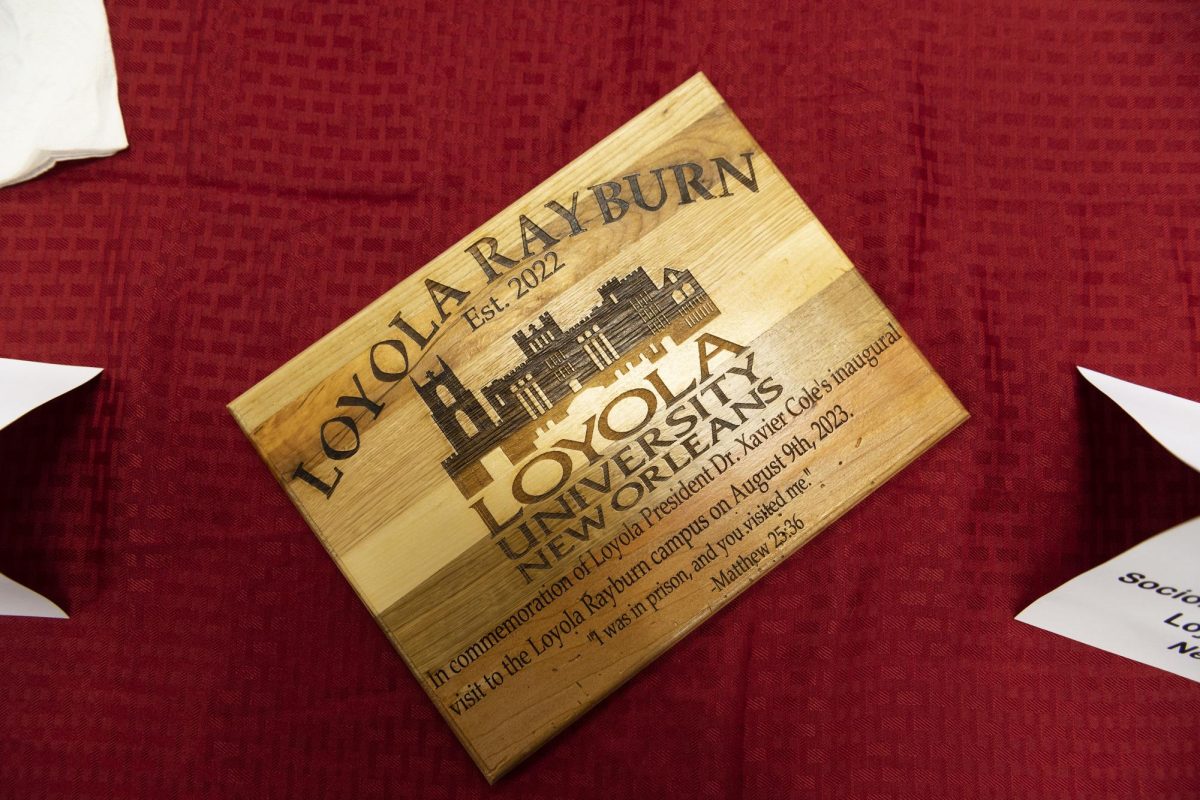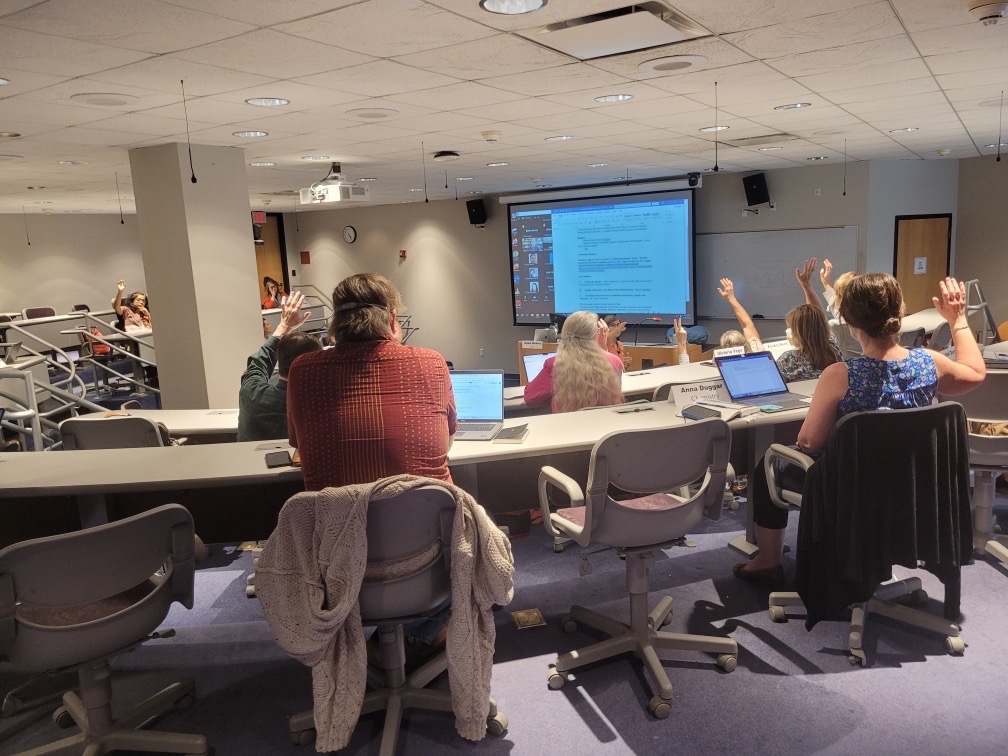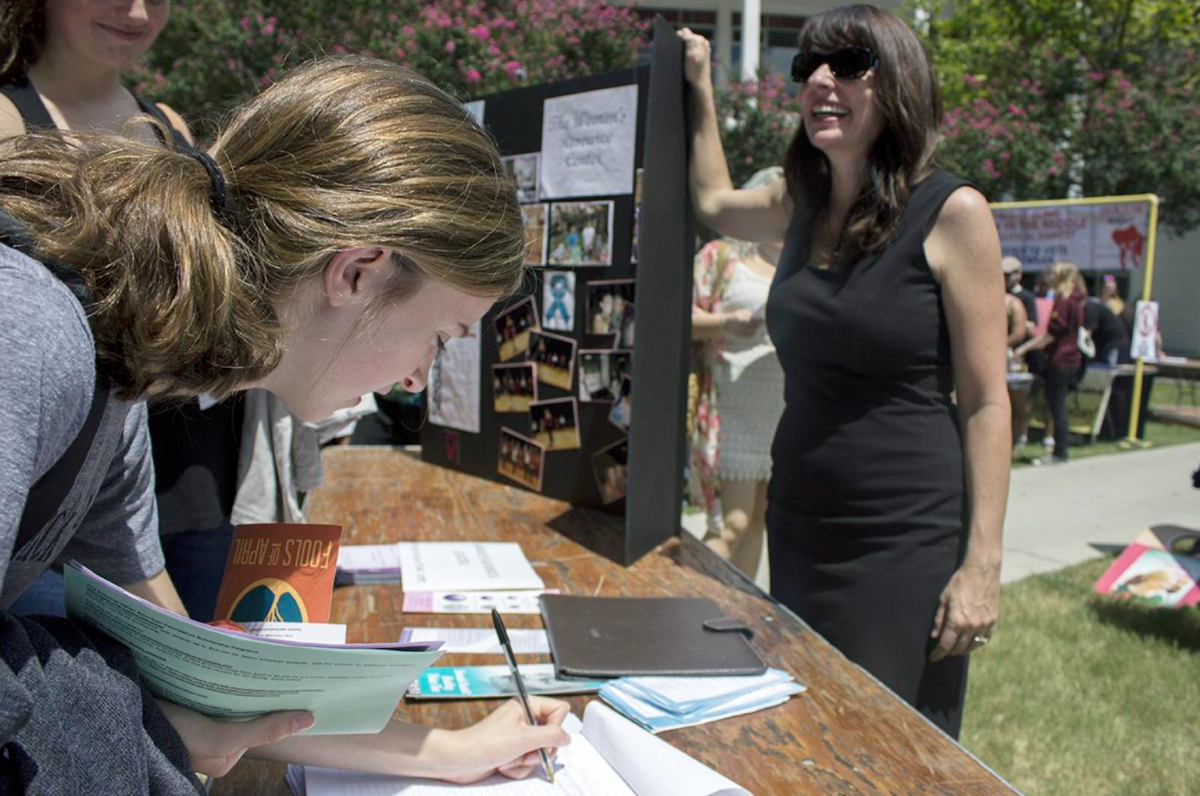Director of Environmental Law Marianne Cufone, alongside a team of dedicated Loyola students, collaborated on a new environmental initiative titled “Green Roofs are COOL,” which won $10,000 for a promotional video which garnered a People’s Choice Award.
“Green Roofs are COOL” focuses on providing a cleaner environment and fresh produce by planting greenery on any roof within New Orleans.
Alongside the project’s community partner Recirculating Farms, the students mapped out a solution for creating cleaner air and a fresher environment for humid New Orleans.
Cufone said that with Recirculating Farms, they have been advocating for green roofs in New Orleans for several years for a variety of community reasons: stormwater absorption to reduce flooding, creating more green spaces in the community, amongst other areas for a greener New Orleans.
“[We want to] provide additional growing spaces for food, to create more pollinated gardens, for filtering air and water for cooling too,” Cufone said.
Over the course of a year, Cufone and students worked towards a proposal for the competition, vying for the People’s Choice Award, as well as a grand prize for $150,000. After reaching top five status, the team received an automatic $10,000 for their placement in the competition, which totals to $20,000 for the team to use toward their initiative for a cleaner, greener New Orleans.
“You know and love how New Orleans is a hot spot for food, music and arts? We’re also a literal hot spot. There’s a lack of green space in our city, and that has devastated the wellbeing of our environment and the people who make the city so great,” sophomore Abby Tamburello said.
Green roofs are flexible with the type of roofs and building types around the city, Tamburello said, offering a multitude of options for planting the greenery, even if not every home or building acquired a green roof.
“Our green roof solutions will cool down the people, the city, as well as offer community benefits,” Tamburello said.
Team member Anna Upman added that green roofs are proven to be successful in places such as Chicago and Paris, France – where green roofs are a requirement for commercial buildings.
“The U.S. Environmental Protection Agency recently found that roofs with plants are on average 30-40 degrees cooler than roofs without,” Upman said.
If the project were to run into any issues, team member Erin Gillen said that the main hurdles would surround laws, insurance claims, and hurricanes within New Orleans to better adjust to the need for green roofs in the city.
“With the proper solution, these green roofs can withstand high winds. With good information and awareness, this [insurance] can be resolved,” Gillen said.
With the addition of green roofs throughout the city, teammate Nikandra Morales said that the overall high temperatures of the city could be reduced by an estimated five degrees, which is the goal of their project amongst others.
“Green roofs provide many other community benefits, such as filtering air and water for a cleaner environment. Our roofs can also grow food and create a habitat for pollinators,” Morales said.
One of their methods of planting the green roofs, project member Leila Avery said, is through the installation of Spanish moss, which is abundant throughout New Orleans and the state of Louisiana.
“Hydroponics can also support a large variety of plants, using water as an alternative growing medium,” Avery said.
Through the project’s community partner, Recirculating Farms, teammate Michael Richard said that the project would provide draining to the community, as well as growing and sourcing plants within the green roofs solution.
“We would be able to provide food and also have the potential to create jobs,” Richard said.
When asked about what the team will do with the prize money, Cufone said that the hope is to create a green roofs demonstration in Central City New Orleans, and as for the success of the project, Cufone said it was due to the collaborative efforts of the students.
“We all dived in together, from different backgrounds and disciplines. We were all a great complement to each other and worked so well together,” Cufone said.


